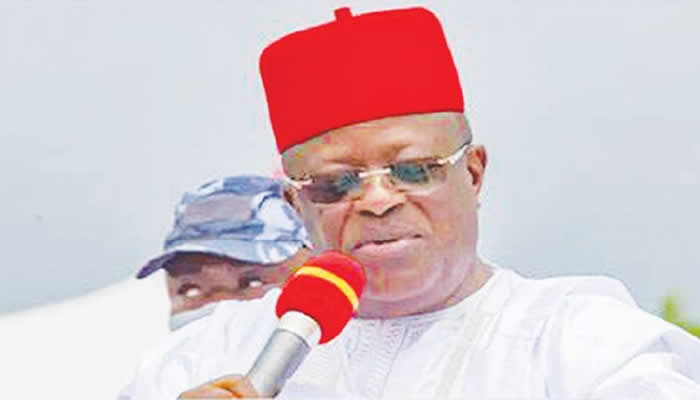The Federal Government has raised concerns over excessive speeding by motorists on the newly rehabilitated Third Mainland Bridge in Lagos, cautioning that reckless driving could lead to stricter measures.
Minister of Works, David Umahi, voiced these concerns during a stakeholder engagement on the Lagos-Calabar Coastal Highway project. He highlighted ongoing rehabilitation efforts on major Lagos bridges, including the Third Mainland Bridge, Carter Bridge, and Eko Bridge.


Umahi urged motorists to adhere to safe speed limits, warning that the government might have to introduce speed bumps if overspeeding persists. However, he noted that installing speed bumps could lead to severe traffic congestion and impose unnecessary strain on the bridge’s structure.
“The speed on Third Mainland Bridge is alarming,” Umahi said. “If we introduce speed bumps, it will create heavy gridlock, and that adds dead load to the bridge, which is not ideal. But we may have no choice if this continues.”
To enhance monitoring and enforcement, the government has installed Closed Circuit Television (CCTV) cameras on and under the bridge. These surveillance systems will soon be fully operational, with officials stationed to monitor footage and ensure compliance with speed regulations.


Umahi also announced an extension of the bridge rehabilitation project to Falomo, where additional streetlights and CCTV cameras have been installed. He revealed that all activities on the bridge and its surroundings would be monitored remotely from Abuja, similar to the surveillance system in place on the Second Niger Bridge.
“From Third Mainland Bridge to Falomo, we have enhanced security with streetlights and surveillance cameras. Whatever happens along that stretch will be recorded and monitored in Abuja,” Umahi added.

The government continues to urge road users to prioritize safety and adhere to traffic regulations to prevent unnecessary accidents and congestion on the bridge.




